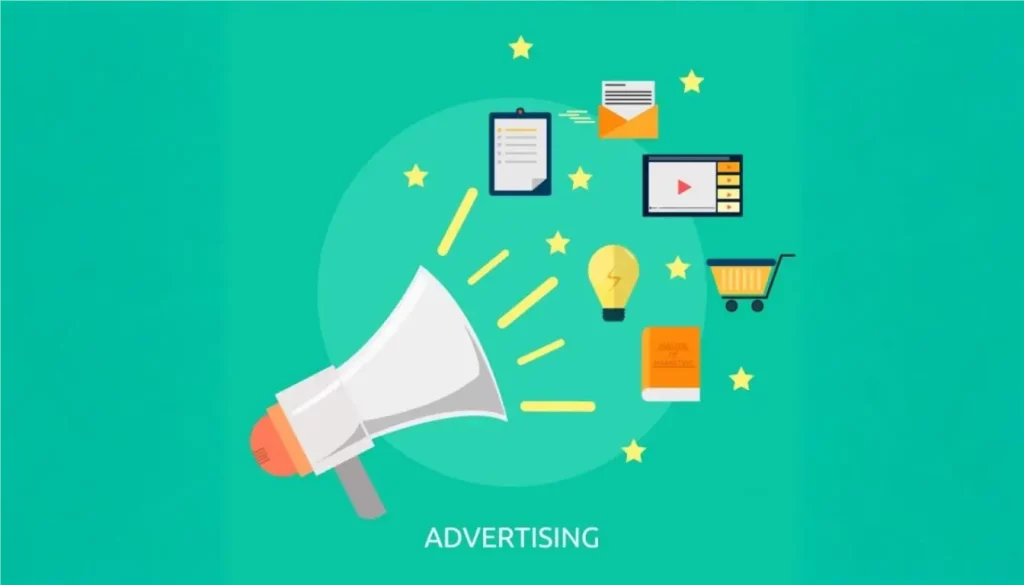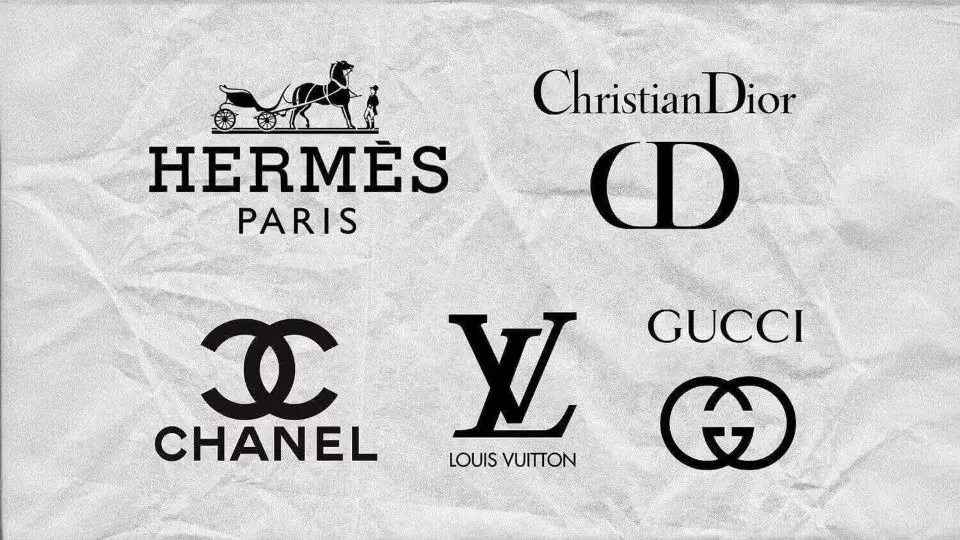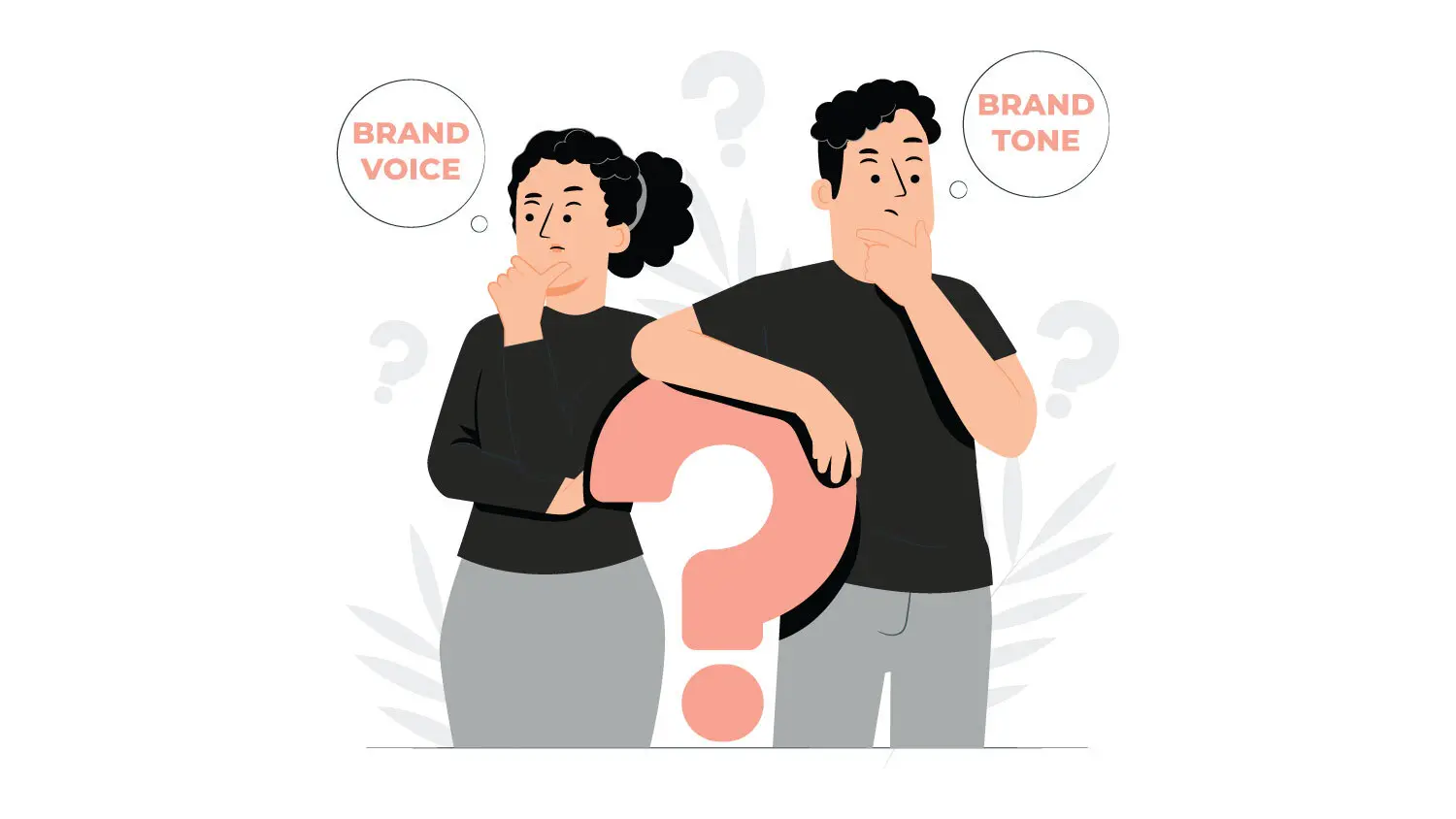In the dynamic landscape of business growth, the concepts of branding vs advertising often emerge as intertwined yet distinct components of success. While they are frequently mentioned together, it’s essential to understand that branding and advertising serve unique and complementary purposes. Branding focuses on crafting a lasting identity and emotional connection with your audience, whereas advertising concentrates on promoting specific products or services to drive immediate results. In this discussion, we’ll delve into the key differences between branding vs advertising, their individual roles in your business strategy, and actionable insights on how to leverage both effectively to achieve sustainable success.
Definition of Branding vs Advertising:
What Is Branding?
Branding is the procedure of establishing a unique identity for your company that reflects your values, mission, and vision. It covers:
Logo and Visual Identity: Colors, fonts, and design elements.
Brand Voice: The tone and style of communication.
Customer Perception: How your audience feels about your business.
Core Values: The beliefs that drive your brand.

Branding is not only about creating an impression that is memorable but also about making it stand out from the rest of the competitors.
Then, What Is Advertising?
Advertising, on the other hand, implies promoting of your products or services through the channels that are paid for. Sending the following data:
Campaigns: Focused efforts to achieve specific goals.
Channels: Social media, TV, print, or digital ads.
Messaging: Highlighting offers, benefits, and calls-to-action.

Advertising is short-term and is directed towards providing instant effects such as purchasing a product or visiting a website.
Key Differences Between Branding vs Advertising
Purpose:
Branding: Creates a lasting impression and loyalty over the long term.
Advertising: Makes consumers immediately aware and drives sales.
Focus:
Branding: Is more centered around what are you, as a business.
Advertising: Is more about what you are offering consumers.
Timeline:
Branding: It never stops, and it changes with time.
Advertising: This is the one that is done for some time and starts and ends at a specific moment.
Emotional vs. Transactional:
Branding: Partnerships are established by crafting the emotional state.
Advertising: Shows the buyer how they benefit from the purchase.
How Branding and Advertising Work Together
For businesses to succeed, brand awareness and strong advertising are both necessary. The following is the relationship that they have is what makes them compatible:
Branding as the Foundation: When your brand is very strong, your advertising will be more successful if your customers can learn to recognize your brand and get the same message everywhere.
Advertising for Amplification: Advertising helps to publicize your brand along with your products and services to a broader audience.
Building Trust and Driving Action: Branding is the one that guarantees the trust of the consumers while at the same time, advertising provides incentives to buy the products.
Practical Tips for Balancing Branding vs Advertising
Adapt to Trends: While your brand identity remains stable, adapt your advertising strategies to align with current market trends and audience behaviors.
Set Clear Objectives: Define whether your campaign is about building awareness (branding) or driving immediate sales (advertising).
Invest in Consistency: Ensure your branding elements—like logo, color palette, and tone—are consistently reflected in your ads.
Analyze Metrics: Use analytics tools to measure the impact of your branding efforts and the ROI of your advertising campaigns.
My Take on Branding vs Advertising
Branding is the roots of the tree—it’s the foundation of your business that provides stability and identity. Without strong roots, the tree (your business) cannot grow or thrive.
Marketing is the stem or trunk—it connects the foundation (branding) to the branches and leaves (advertising and customer engagement), serving as the structure through which everything flows.
Advertising is the nourishment, such as sunlight and water, that helps the tree grow and flourish. It provides the short-term boosts necessary for growth, like driving immediate awareness and sales.
Together, these elements ensure the health and longevity of the tree (your business). Strong branding ensures resilience, marketing provides direction and strategy, and advertising delivers growth and visibility. These elements work together to drive a company’s growth. Branding forms the roots hidden beneath the surface—if they are not strong and deep, the tree (your business) may topple. Marketing acts as the stem, channeling the brand’s strength, while advertising provides the necessary nourishment. Without consistent care, the tree may struggle to grow, remain stunted, or even wither away.
However, in some circumstances, companies such as Coca-Cola put a lot of effort into branding in terms of trying to bring back feelings of happiness and nostalgia since their advertising campaigns might also be about other things like new flavors or seasonal deals.
Conclusion
Branding and advertising are the two sides of the same coin of successful marketing. They are complementary in business, and they bring the financial and popular recognition that is needed. Branding provides the groundwork for successful business positions, and coherent advertising amounts to the right audience.
Are you looking to create a brand that is known for being unique and an advertising strategy that generates real sales? We can be of great assistance. Contact the Pixtar Design Agency to take advantage of their available services!







